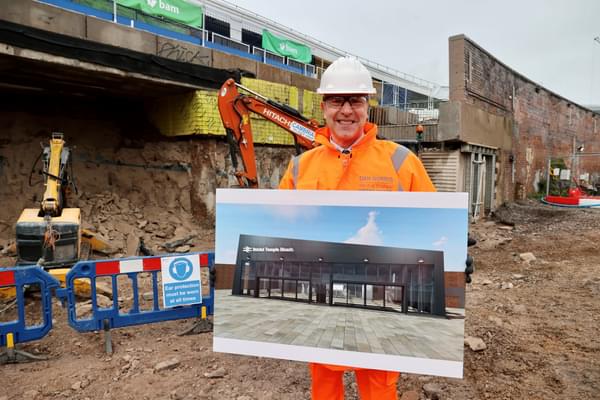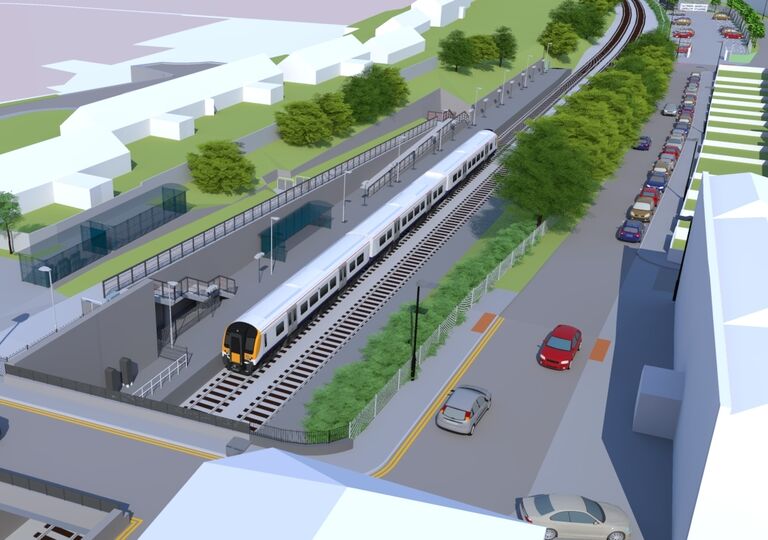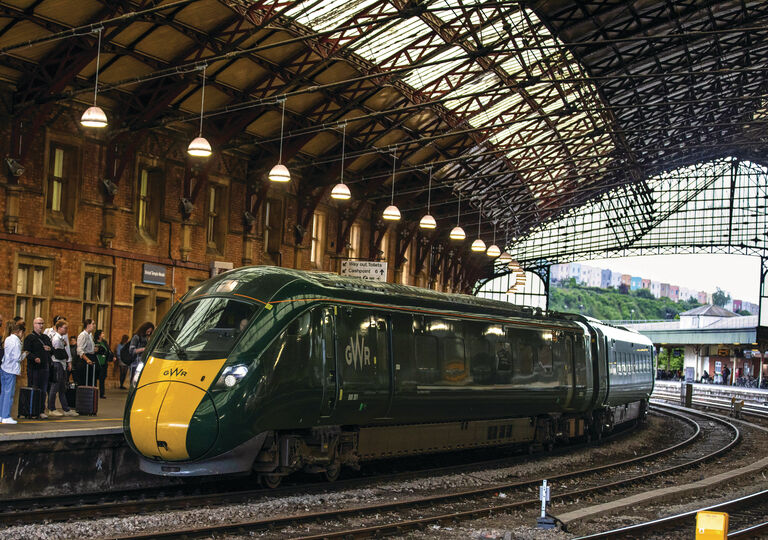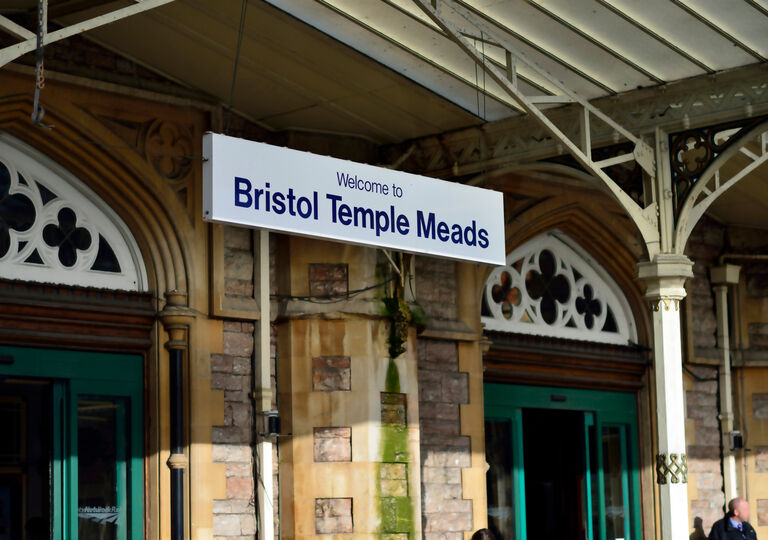
10-year rail delivery plan
Transforming travel by rail over the next 10 years, including new rail routes, step-free access at stations and more frequent services.
Long term proposals
Transport is the biggest contributor to Greenhouse Gas emissions in the West of England, representing about 44% of total CO2 emissions every year. Investment in the rail network will be key to decarbonising transport and helping to sustainably accommodate future growth in the region.
The current joint Network Rail and West of England Combined Authority 10 Year Rail Delivery Plan 2020 to 2030 (pdf) aims to enhance local rail services; building passenger numbers, increasing freight carried by rail and supporting the West of England’s key growth locations for housing and jobs.
This is the first time a long-term regional rail plan has been agreed for the West of England, developing and delivering services and infrastructure over two five-year periods. This 10 Year Plan is kept under review and updated periodically as necessary.
What has been done already?
Great progress has been made on our objectives for 2020 to 2025 to deliver new rail routes, step-free access at stations and more frequent ‘turn up and go’ services. The following major schemes are either complete or well underway:
- Portway Park and Ride station opened in August 2023 and Bristol East Junction remodelling also completed in 2023
- MetroWest phase 1 (re-opening of the Portishead rail line) Development Consent Order has been issued with final business case expected summer 2024, phase 2 North Filton and Henbury stations in development, planning permission secured for Charfield station and Ashley Down station due to open in 2024
- In addition, a new eastern entrance, new roof and rewiring are currently underway at Bristol Temple Meads.
Alongside these flagship rail projects, one of our core commitments is to enable step free station access at all stations in the region. We have engaged with rail industry partners to make both platforms at Lawrence Hill completely step free by 2027, while we’re exploring the potential to improve accessibility at other rail stations that currently don’t have step free access to one or more of the platforms.

What is being worked on?
Given the success in bringing projects to development and delivery in the first five-year period of the 10 Year Plan, proposals are being developed to further improve service levels and connectivity to the rail network by:
- Exploring proposals for new stations – starting with a study looking at the potential of several proposed stations across the region. Those that prove viable at this initial sifting stage will then be taken forward for further development and delivery
- Improving accessibility – all stations in the region will be reviewed to understand what improvements can be made in terms of accessibility for a range of needs. It will also evaluate how accessible they are via other modes of transport and what improvements can be made, with interventions prioritised and funding sought for delivery
- Opportunities for service increases – exploring the potential for improved service levels to stations to ensure that they meet demand for rail travel in the area. This is likely to include works such as reopening redundant platforms or constructing new ones, such as at Temple Meads Platform
- Double tracking sections of the network, for example on the Severn Beach line, could also enable additional services to run.
In the longer-term we want our local rail network to benefit from greater regional and national connectivity, improved capacity and reliability (to overcome bottlenecks), and to see more freight being carried by rail, rather than road. We plan to keep the current 10 Year Plan under review to make sure it reflects our longer-term ambitions for our local rail network.



